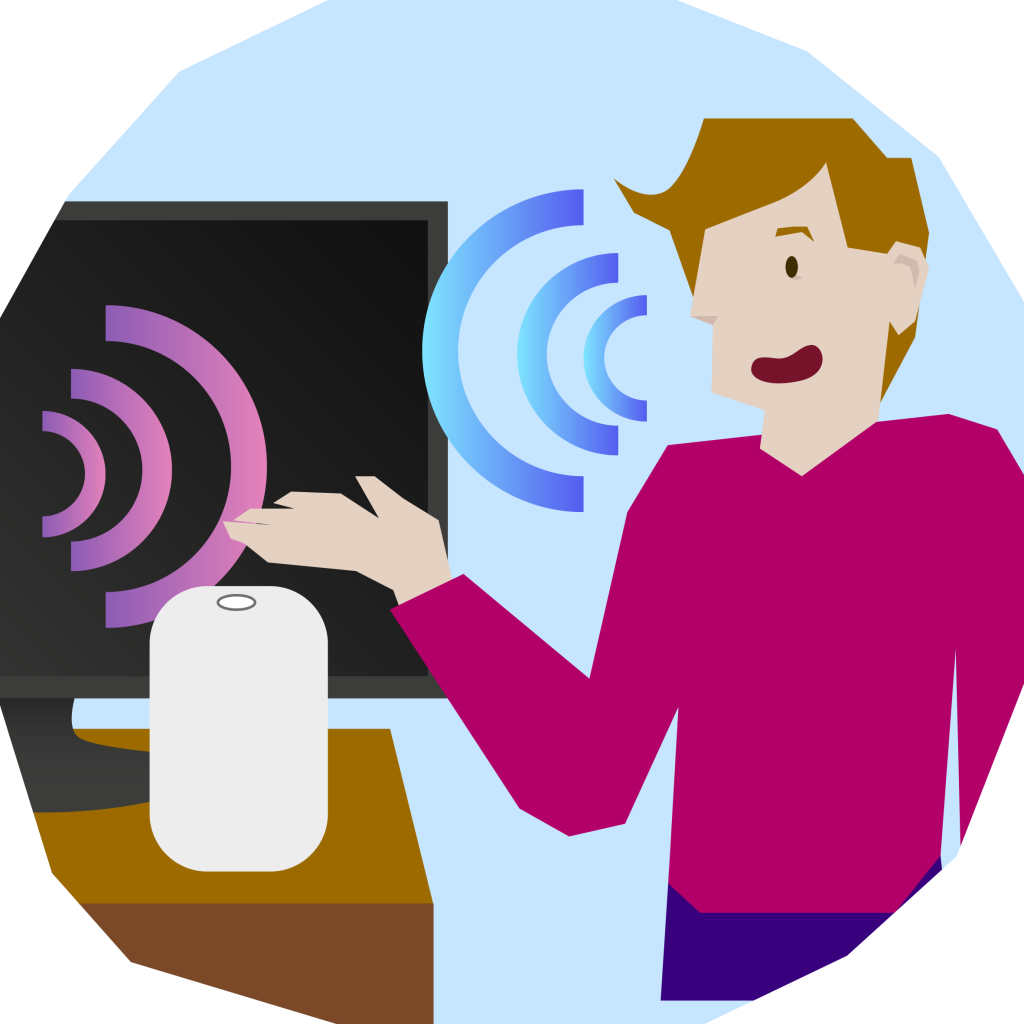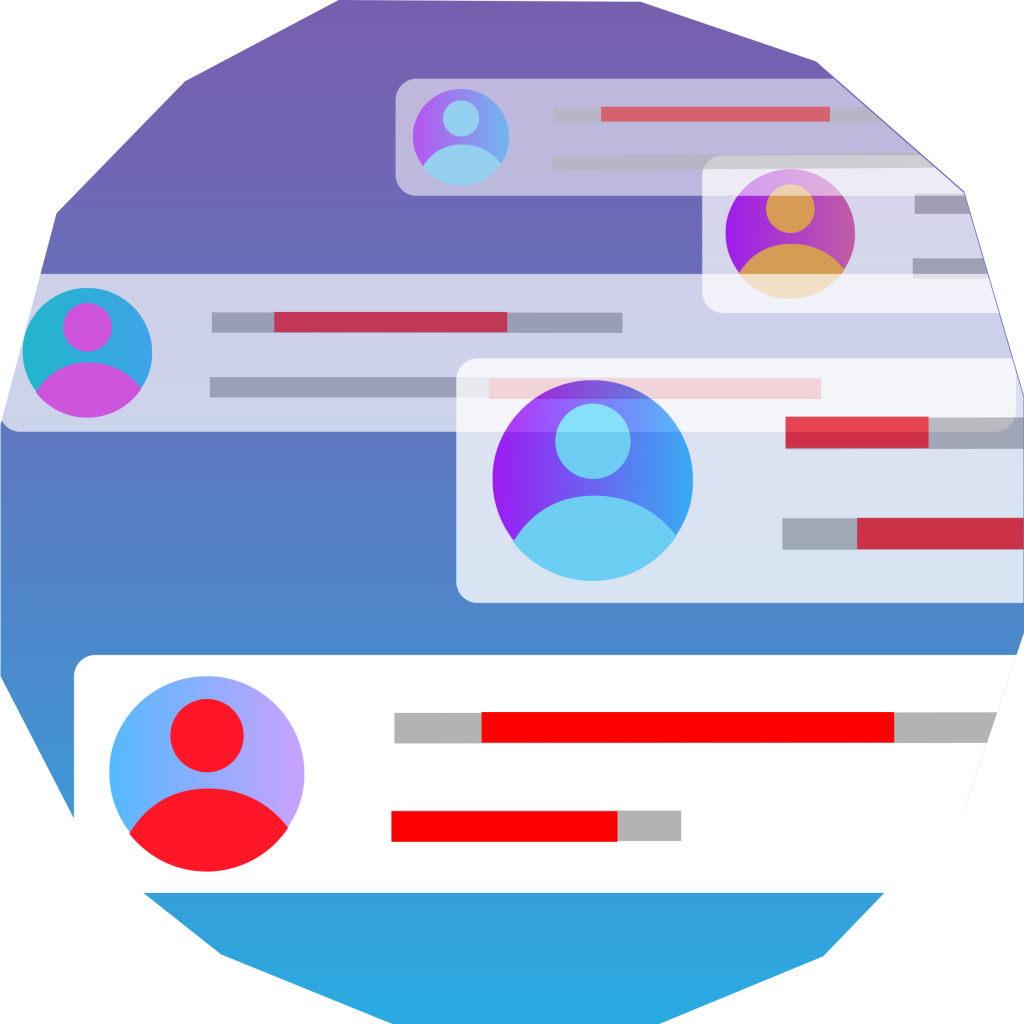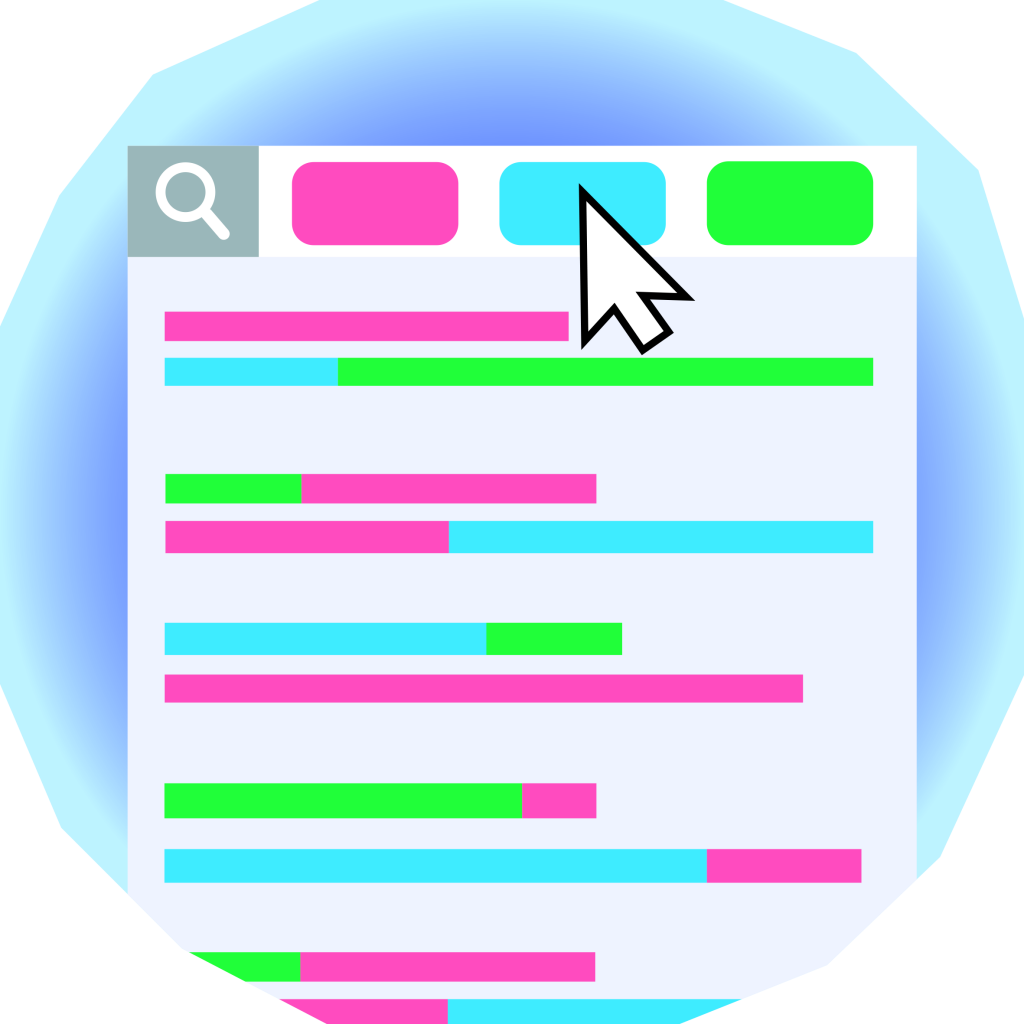Natural language processing is growing very rapidly. More and more entrepreneurs have decided to introduce modern business solutions based on NLP in their companies in recent years. But what does NLP exactly mean and what business benefits does it bring? Read this article and find the answers!
Natural language processing – what is that?

Natural language processing (NLP) is a field of artificial intelligence that combines elements of programming and linguistics. Its primary purpose is to teach computers how to read, understand, interpret, and manipulate the human language, filling the communication gap between humans and machines.
With AI and natural language processing combined with human help, people will be able to talk to Messenger bots just like they talk to friends – Mark Zuckerberg, Facebook CEO
Creating an NLP solution requires combining several disciplines, such as programming or computational linguistics. It is a relatively demanding field in the IT industry, which requires experts specializing in machine learning, deep learning, big data, data analysts, and much more.
Going beyond the knowledge of individual words
Now we know the technical definition of NLP, but what does it mean in practice? Every day we pronounce thousands of words that are left up to the interpretation of many people. But we have to remember that human communication includes more than only words. There is always a certain context of expression and body language. Even the tone of voice or emotions accompanying us when we pronounce individual words are important.

And this is the primary goal of NLP solutions – to interpret human language in the best possible way, including the context of words and phrases. It requires not only understanding the meaning of individual words but also analyzing the huge database, including many other essential factors in the communication process.
NLP takes into account many factors that are important in the communication process
An example could be the intuitive text autocomplete based on what we are currently writing. It is individually tailored to us, based on the analysis of our previous messages. It is a relatively small thing that many of us take for granted. However, if we take a closer look at how many elements of our everyday life are permeated by natural language processing, we can better understand its power.
Natural language processing – how does it work?
As mentioned before, natural language processing is an element of artificial intelligence that is responsible for the analysis of human language. Its purpose is often not only to understand but also to communicate with people. As an example let’s consider intelligent speakers such as Alexa or Google Home Assistant, which perform our commands and answer our questions.
1. Processing the message

First, the system needs to parse our speech into a form that it can understand and process. In this step, software developers apply Hidden Markov Models (HMM), which use mathematical models to determine what people said and convert it into the text used by the NLP system. The HMM listens to short fragments of our speeches and searches for phonemes (the smallest unit of speech) to compare them with previously recorded speech. It allows it to understand our language and the context of our statements. It is made possible by a series of encoded grammatical rules, based on algorithms. As we can guess, this is not an easy task, because in virtually every language there are homonyms – words that sound similar but have a completely different meaning. As soon as the system encounters one of these words, it has to choose the right one by analyzing the context of the sentence.
2. Understanding the message

When the system recognizes and modifies human speech into an intelligible form, the most challenging process is understanding the text received. For this purpose, it needs:
- a comprehensive database to teach the system process our language;
- a set of algorithms for natural language processing.
Using appropriate libraries for NLP, the system analyses both the syntax and meaning of a given message. The techniques used for this purpose include:
- breaking long words apart into segments (morphemes)
- segmenting large pieces of text into the smaller ones
- identifying, tagging and categorizing particular parts of speech
- grammatical analysis of the sentences,
- provide meaning to sentences based on their context (disambiguation)
The breakdown and classification of individual words and sentences allow the algorithms to identify and extract natural language rules. Afterward, by processing a large number of data, the system can derive the meaning of the spoken words. At this step, machine learning and the database used for development are fundamental. The higher the quality of data we have, the better results we achieve. On the other hand, if we provide too little information or the data is of poor quality, then there is a high risk that the software will not be able to use it. And it could lead to poor or even meaningless results.
3. Reply to the message

The last step is computer action, which is an answer to a command or a question. In the case of intelligent speakers, it can be, for instance, a verbal answer to a given question (e.g., about the weather or time) or performing a specific action, such as playing a song or setting an alarm clock.
Different solutions, common objective

Not all NLP-based solutions work identically. Sometimes this process is much more straightforward and consists only of the analysis of human language using algorithms and grammatical rules. The common feature of technologies using natural language processing is the possibility to use human language in various ways, depending on the company’s needs.
Natural language processing enables people to complete tasks that would take months or years
Smart speakers process human speech to perform specific actions such as turning on music. Autocomplete on smartphones analyses what we write to help us create text messages faster. Another interesting example is an SEO software that uses NLP to create perfectly matched keywords related to particular products.
What is important, solutions using natural language processing can quickly analyze and immediately conclude massive datasets. As a result, they enable people to perform tasks that would take months or even years to complete.
Natural language processing – examples of use:

- smart speakers
- chatbots
- language translators
- social media monitoring
- autocomplete
- voice text messaging
- voice search
- semantic search engines
- autocomplete
- spelling check
- spam filters
- creating related keywords on search engines
How can NLP improve your business efficiency?
Solutions based on artificial intelligence, including natural language processing, are the future of any modern business. The possibilities are almost limitless and depend on the business needs of the company. Below you can find several ways in which companies can use this technology.
1. Improve user experience
NLP solutions can be integrated with the website making it more user-friendly. Features such as autocorrect or autocomplete in the search engine make it much easier for users, because it allows them to find sources they’re looking for much faster. Such solutions make users more willing to visit the site again.
2. Automated customer service
Chatbots, which are also a part of NLP solutions, have been successfully operating for years in many companies. They are often the first point of communication with a customer or user of a site. Those automated customer service workers can immediately answer most of the frequent questions. They can help in many ways, including finding the right support materials, ordering products, or managing an account.
3. Support marketing activities
Using NLP solutions to generate optimized keywords, you can gain a lot of new possibilities to advertise your services and reach new customers. What’s more, modern NLP solutions can also help you create advertising slogans, product offers, and more.
4. Analyzing customer feedback
Today, customers have many opportunities to share their opinion on the services or products they have used. These include Internet forums, social media, emails to the company, surveys, and many more. NLP-based technologies can significantly help to segregate and analyze such reviews, which can improve future business operations.
Our projects using natural language processing
Content Moderation Platform

Content Moderation Platform is a part of the project named “WP Moderacje” implemented in cooperation with Wirtualna Polska. It is a software for moderating the content published on WP website. It automatically evaluates the comments posted by readers, deciding whether they should be visible on the page. The goal is to avoid negative comments and hate speech. The CMP system takes into account not only the content and its meaning but also analyses whether it is supported by an emotional charge, paying attention to attributes such as special characters or emoticons. In addition, it also analyzes behavioral data from other WP systems and supports them in the assessment, for example, by blocking traffic from robots.
CMP project purpose

The project is meant to help people with moderating a huge number of comments. Due to automating this process, they have time to do new, more challenging tasks, such as moderate discussions or building a community and user engagement.
What was extremely important for us in this project was the conformity of the system’s assessment with the one indicated by the moderator. As a result, the model we built evaluates the comments from the validation collection with about 95% effectiveness. It means that almost 95% of the comments’ ratings coincide with those assigned to them by the moderator.
Would you like to read more about possible business use of our CMP system? We will publish a separate article about it soon – sign up for our newsletter to not miss it!
Semantic engines

Our team has extensive experience in developing natural language parsers, processors, and interpreters that are compatible with libraries used to create Voice Controlled Solutions. We create semantic engines, using natural language processing. And what makes them different from standard search engines? Most of all, they are able to understand even very complex user’s queries. They not only search for information containing selected keywords but also try to understand possible interpretations of the query.
Semantic software can be freely customized according to the company’s needs and industry. What’s more, they can be integrated into existing systems with mobile or web applications.
Semantic engines are perfect for:

1. banking & financial institutions
2. e-commerce
3. email search
4. TV control
… and many others
Summary
Natural processing language is an area that will continue to grow fast. Analyzing its huge potential and the business benefits it brings, we can suppose that in the nearest future, more and more entrepreneurs will decide to implement NLP solutions.
Sources:
1. FBF8: Facebook Messenger launches AI bots to help you interact with business | Business Chief
2. 6 Ways to Boost Your Marketing With Natural Language Processing | Forbes
3. 12 NLP Examples: How Natural Language Processing is Used | Wonderflow
4. Natural Language Processing: What It Is and How It Works | Robots.net
